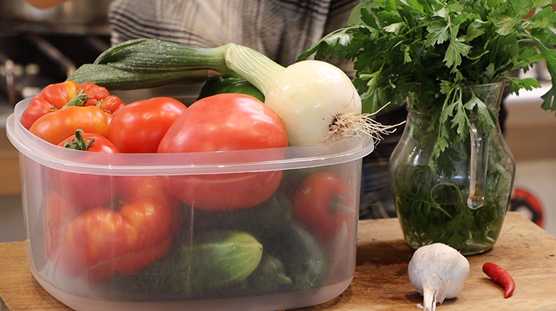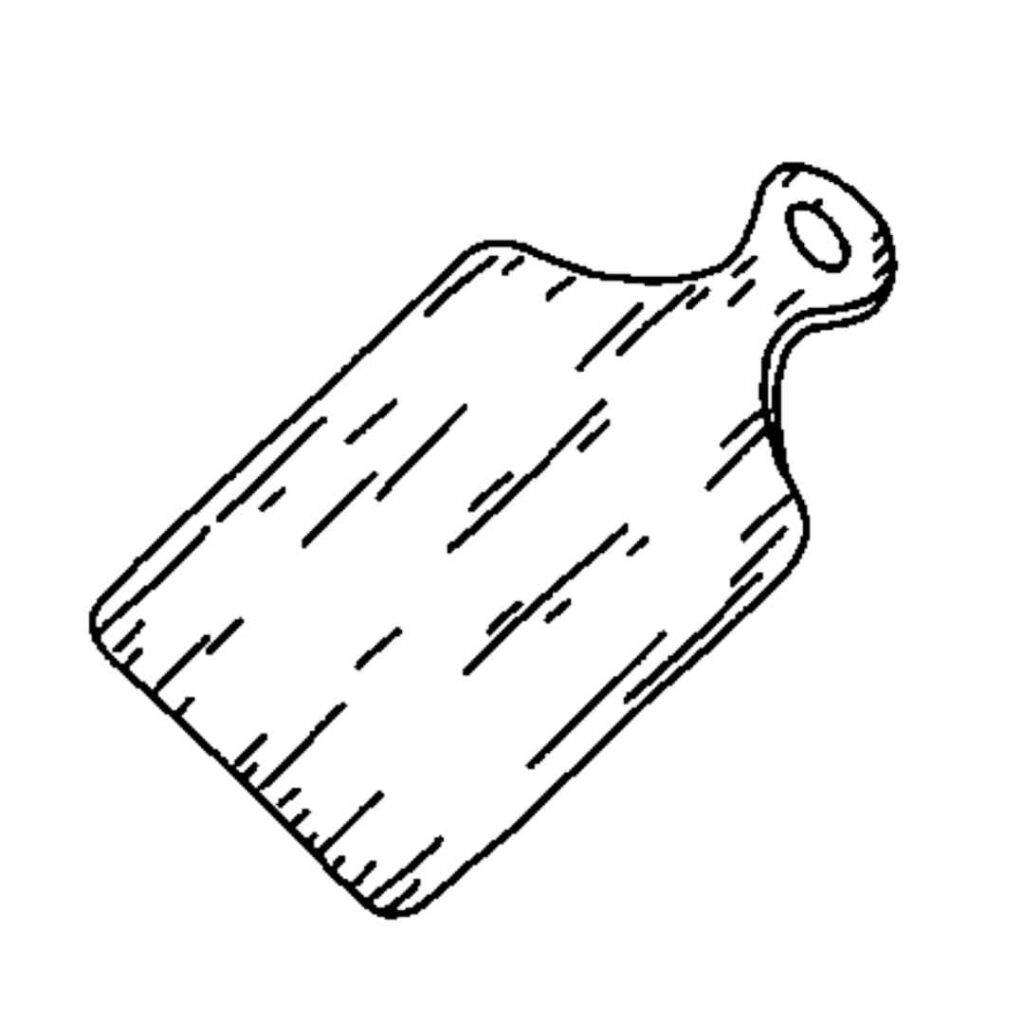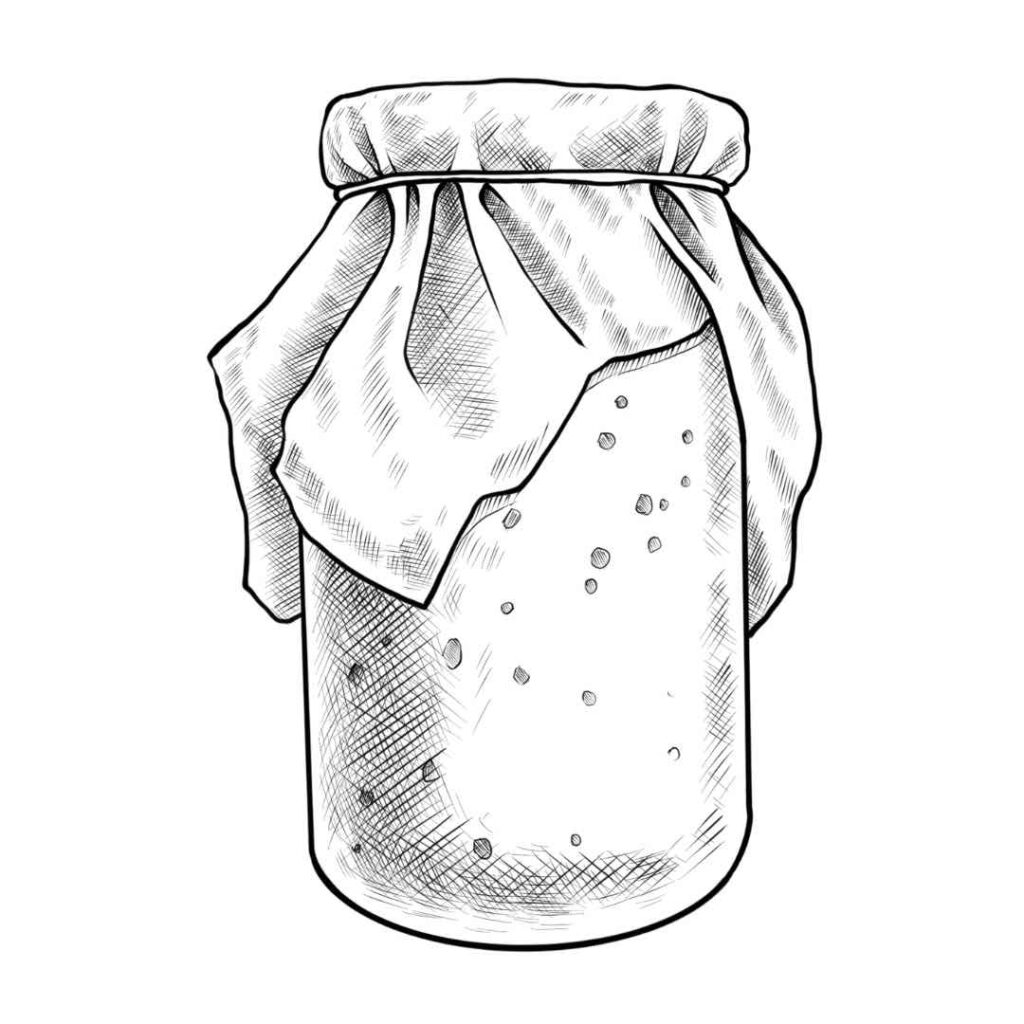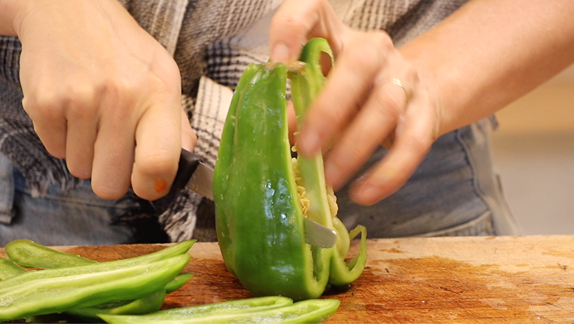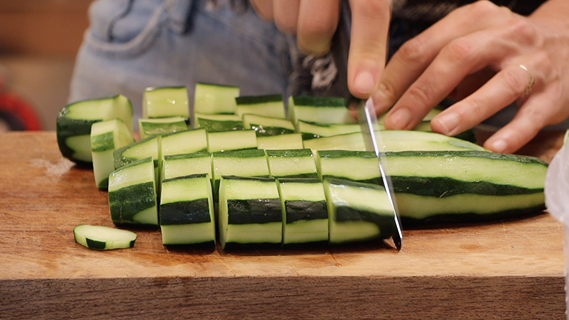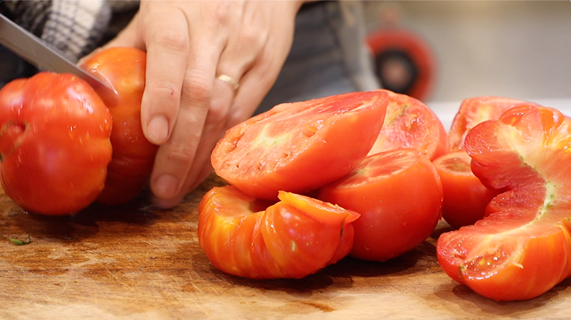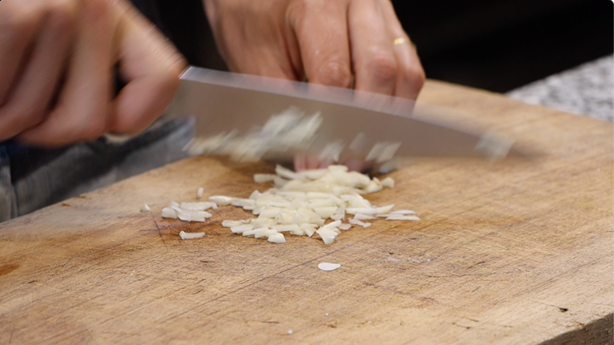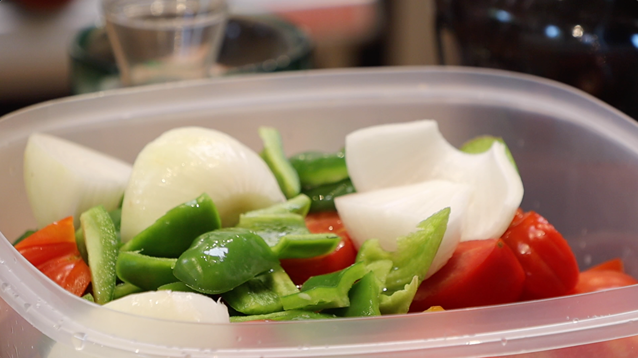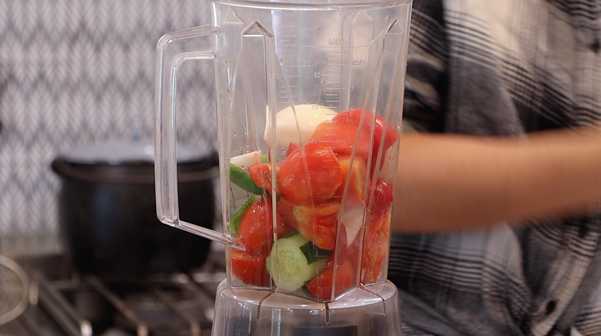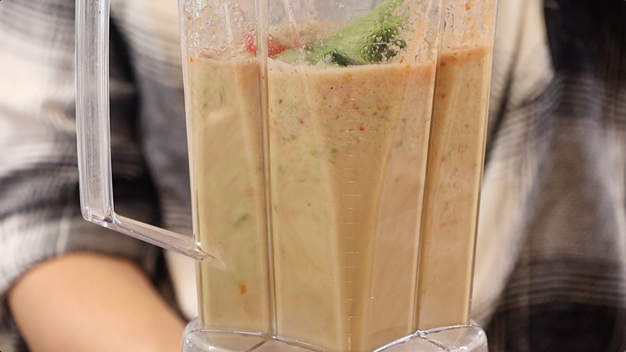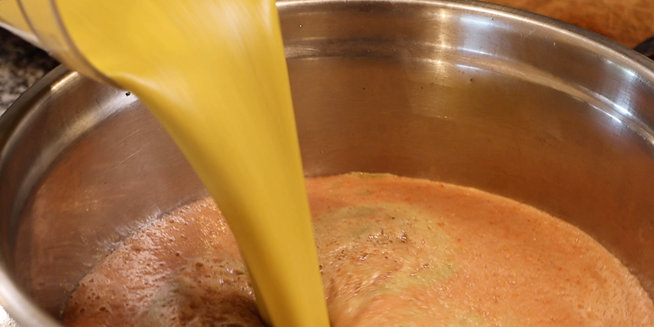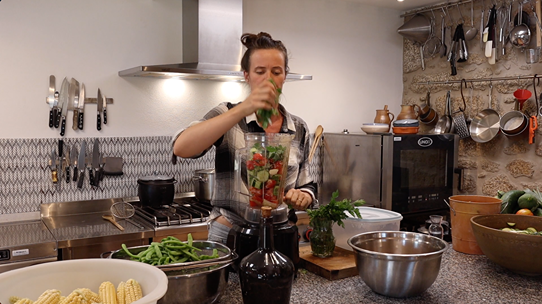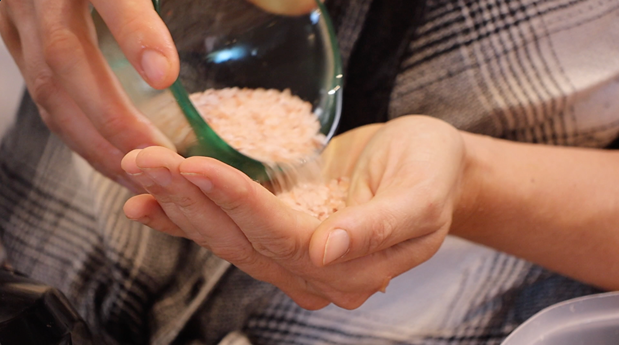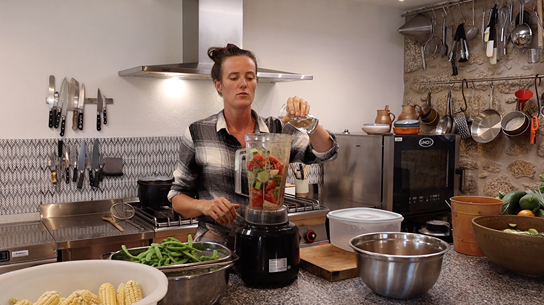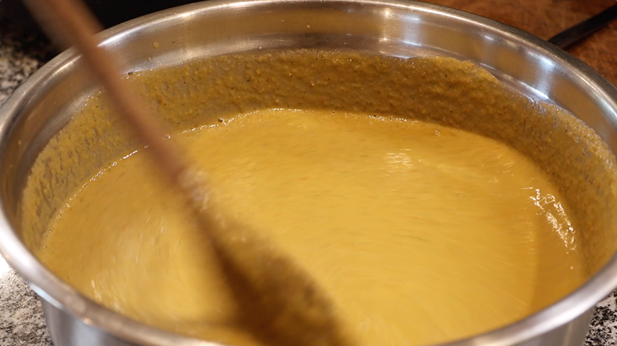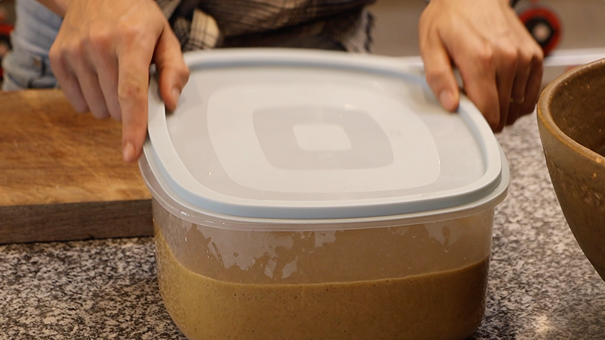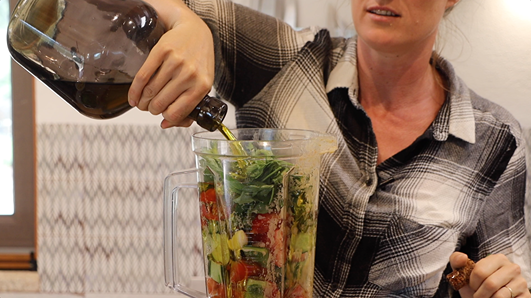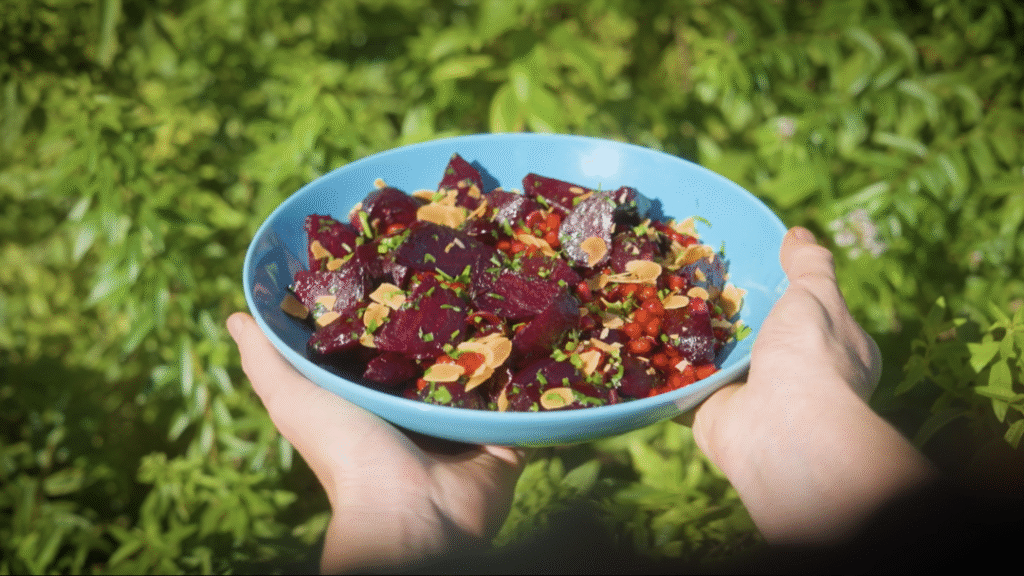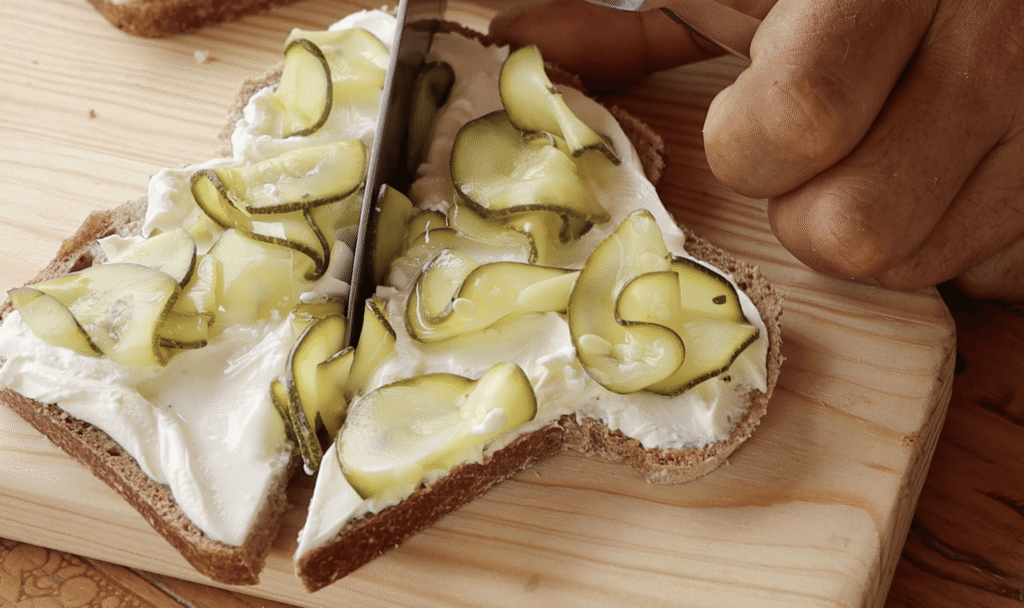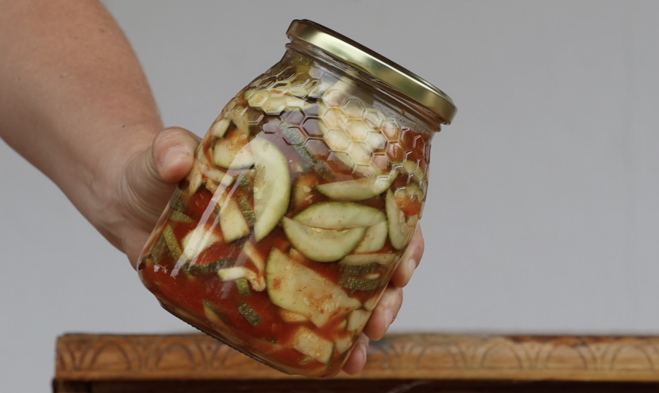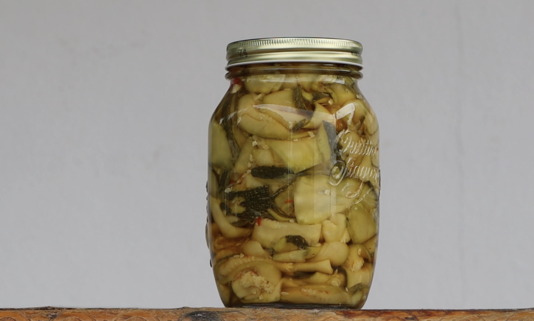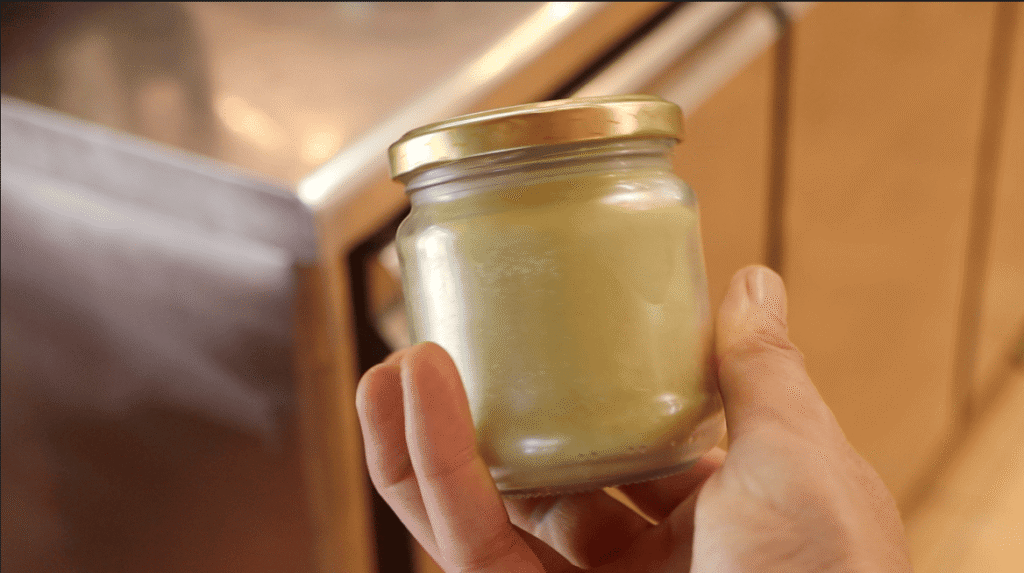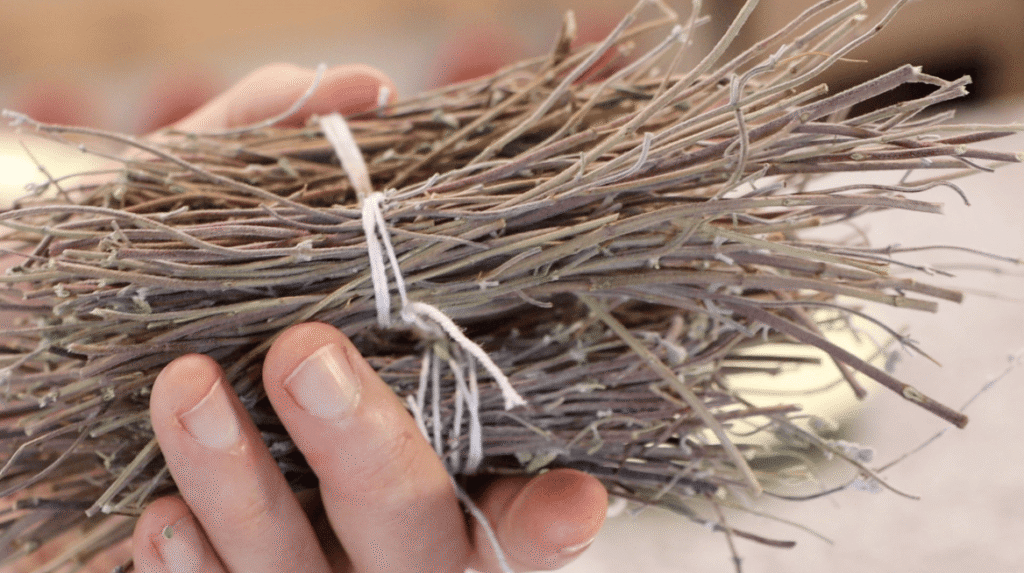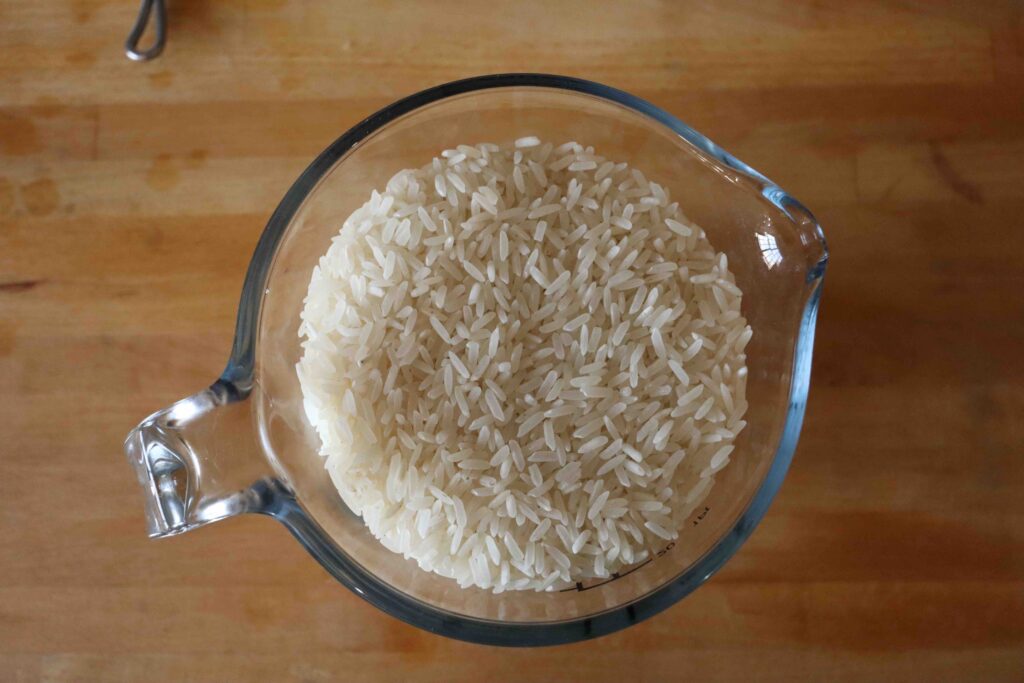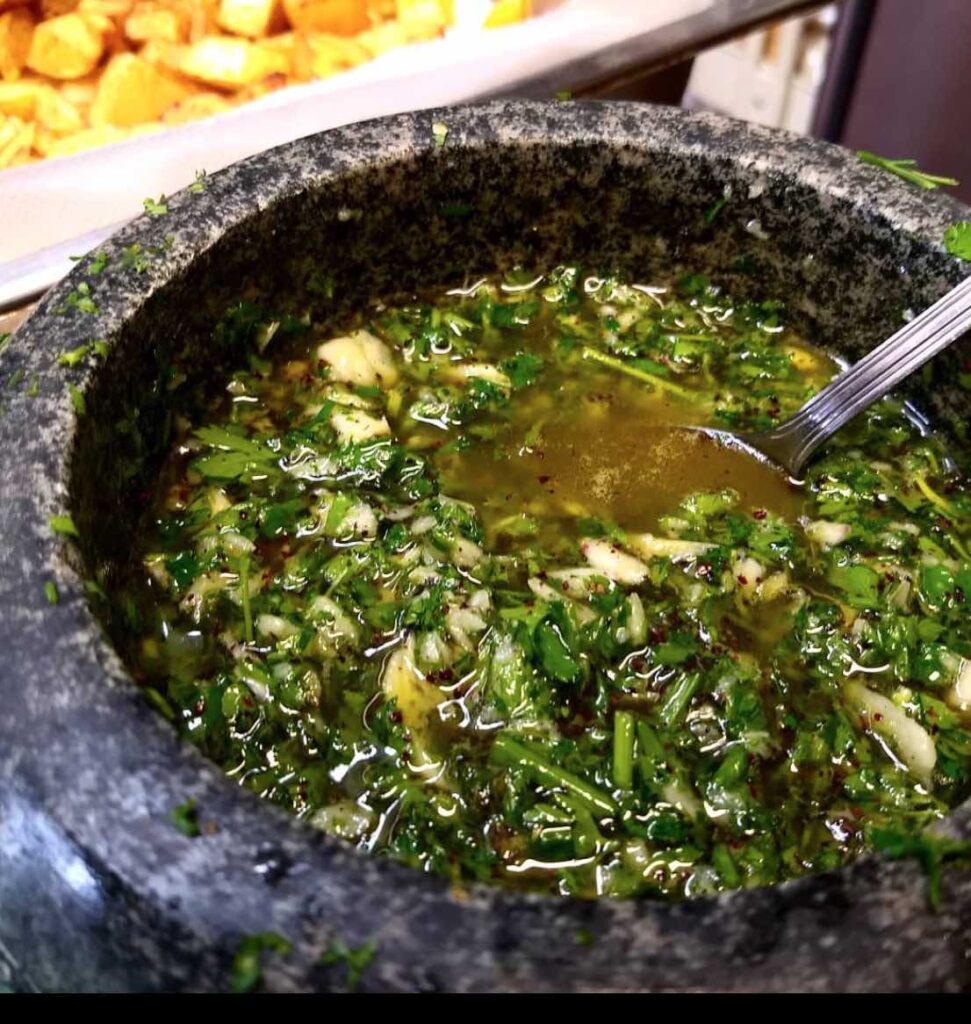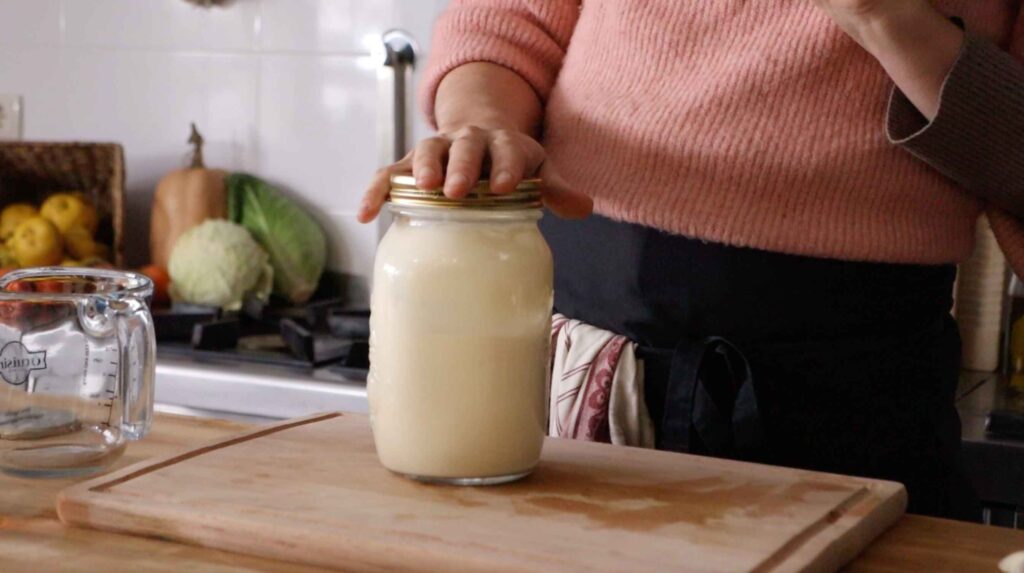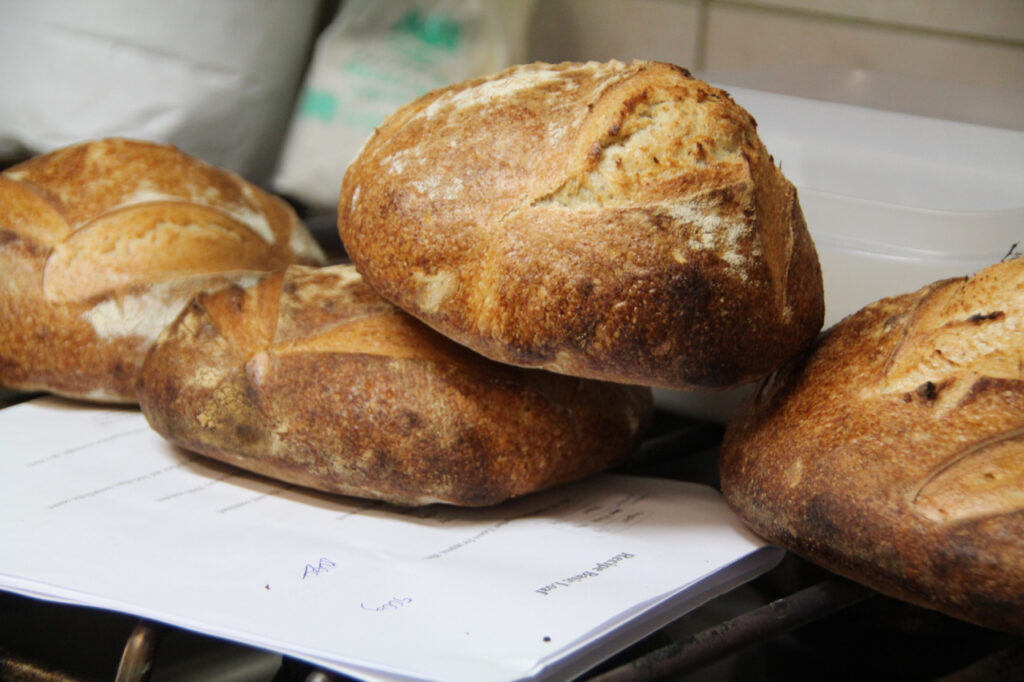Wash all the vegetables thoroughly.
Peel the cucumber by peeling half of the peel.
Chop all the vegetables into pieces.
In a blender or food processor, combine the chopped tomatoes, cucumber, green bell pepper, onion, garlic and blend. This can be done in three batches.
Blend the mixture on low speed to break down the vegetables. If you prefer a chunkier texture, pulse the blender a few times. For a smoother consistency, blend until desired texture is achieved.
Pour the first two blended mixtures into a large bowl.
To the last of the batches add the olive oil, vinegar, salt and fresh herbs. This should be heavily seasoned, due to the lack of seasoning in the first two batches.
Taste the gazpacho and adjust the seasoning to your preference. If you like it spicier, you can add another chilli or tabasco.
Cover the bowl and refrigerate the gazpacho for at least 2 hours to chill and allow the flavors to meld.
Before serving, give the gazpacho a quick stir. Ladle it into individual bowls or glasses.
Garnish each serving with few fresh basil or parsley leaves for a burst of color and flavor.
Serve the gazpacho chilled and enjoy its refreshing taste!
